What is Hanko stamp (Inkan) for?
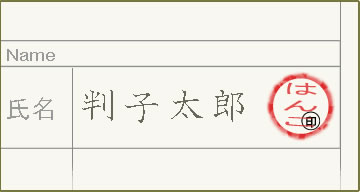
Hanko (also called Inkan) is a Japanese seal required as proof of verification or as an official acknowledgement of a situation/ event. In Japan, Hanko is often used as well as a hand-written signature. If you live and work in Japan for a long time, you may need a Hanko.
Types of Hanko (Inkan)
There are several types of Hanko for personal use/business use. All of them are actually the same hanko, but called in different ways in accordance with the applications and situations of use.
*The word "Hanko" is colloquial to call the Japanese seal. Inkan is formal.
Mitome-In 認め印
Mitome-in is a regular Hanko stamp used for confirmation or acknowledgement. In most cases, you can substitute your signature for it.
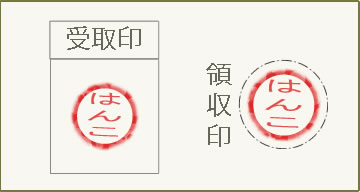
For example, Mitome-in is required when you receive a parcel at home from the delivery service delivery company. In this case, a signature also will do.
Teisei-In 訂正印
Teisei-in is a Hanko stamp used when making corrections to official documents. Mitome-in is often substituted for this Hanko stamp.
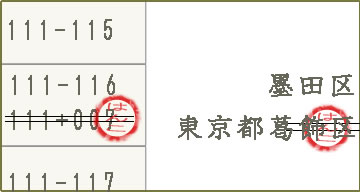
Ginko-In 銀行印
Used in formal applications or registration, like opening a bank account. Ginko-in is not for casual use that should be kept in a safe place for security reason.
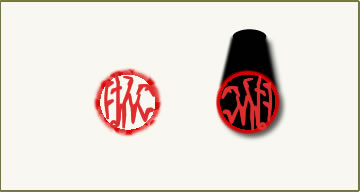
Jitsu-In 実印
Jitsu-in is registered seal used in the making of legal agreements, for example, buying a house, setting up a company, etc. To use Jitsu-In, you need to register your Jitsu-in at the local government office.
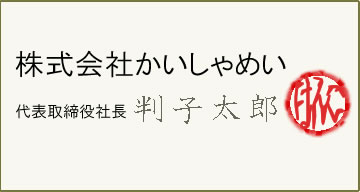
Hanko (Inkan) for Business Use
Shain 社印 / Kakuin 角印
Shain or Kakuin is a regular stamp for companies, used for confirmation or acknowledgement. Sha-in or Kaku-in are used for papers such as estimate sheets or invoices.
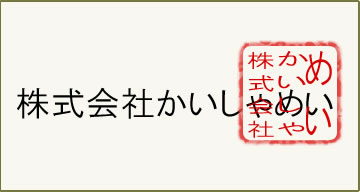
Yakushoku-In 役職印
Yakushoku-in is the business seal having a managerial name (title, e.g. Exclusive director)), instead of a personal name.
Shoku-In 職印
Yakushoku-in is the business seal having a personal name and occupational title. Lawyers usually use Shoku-in on business.
Daihyousha-In 代表者印
Daihyousya-in is “Jitsu-in” of a president of a company. This registered seal is used in the making of legal agreements, for example, having a contract, setting up a company, etc.
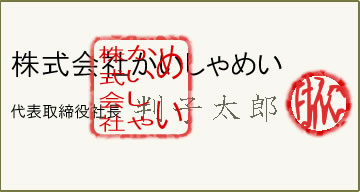
Where and how to get a Hanko with your name
If you go to a Hanko shop (Hankoya) nearby, you can order a Hanko with your name. If you like to create a Hanko with your name in Hiragana or Katakana, you should bring your name on paper and give it when ordering. The cost will be between 1000 Yen and 3000 Yen, depending on the total number of characters etc. This website shows a good example of converting your name to Hiragana or Katakana and buying a Hanko. This web site shows a good example of converting your name to Hiragana or Katakana and buying a Hanko
http://www.hankogekiyasu.com/foreigner.html
Hanko 3D Printing Service is also available.
Large discount stores in downtown often have Hanko vending machines, allowing you to have a Hanko with your name. The rate is from 500 JP Yen to 5000 JP Yen, and it takes 10 minutes or so.
You can find a store having the machine on this website:
https://www.hankojihanki.jp/
Finding a Hanko with Japanese name is easy.
For those staying in Japan for a short-term, a few months or less, you do not need to create a Hanko. You may use ready-made Hanko stamps with a Japanese family name. They are inexpensive and you can even buy them at a 100 Yen shop (Hyakuen Shop). Ask someone for help to understand Japanese and try finding a Japanese name that sounds like your name.

